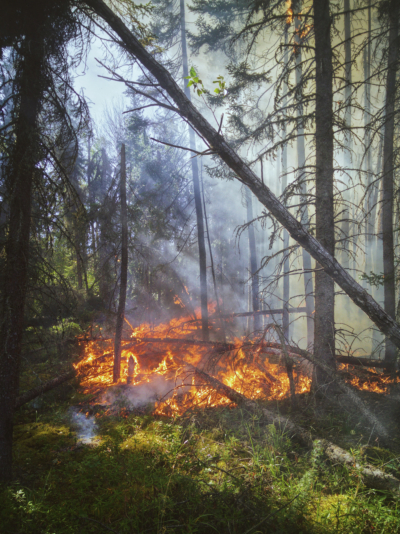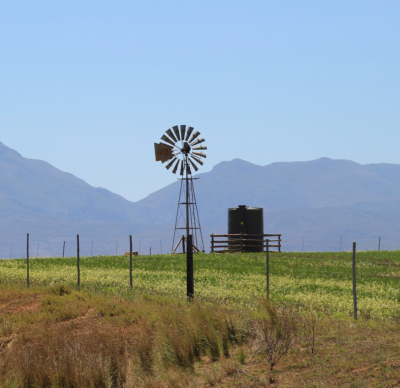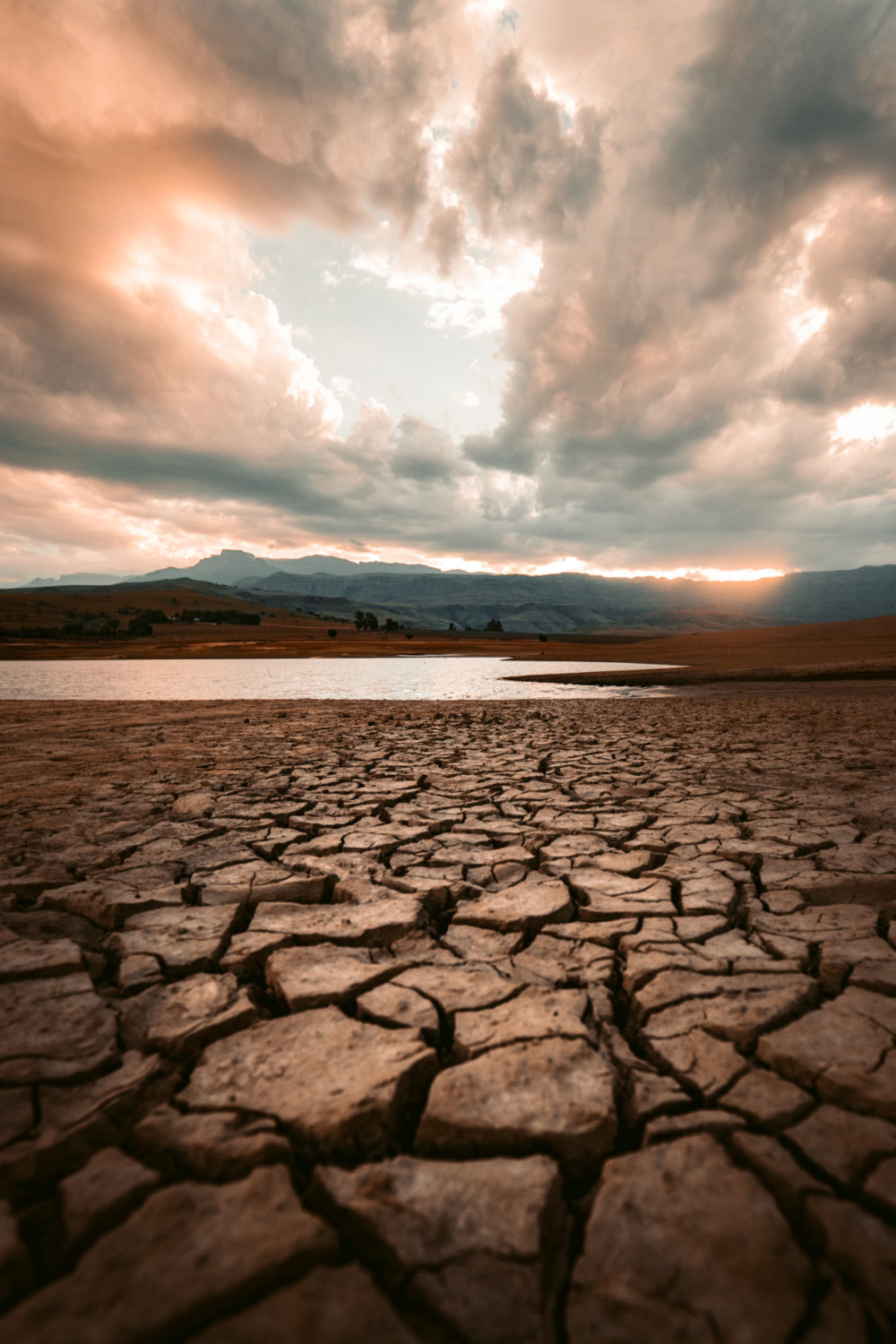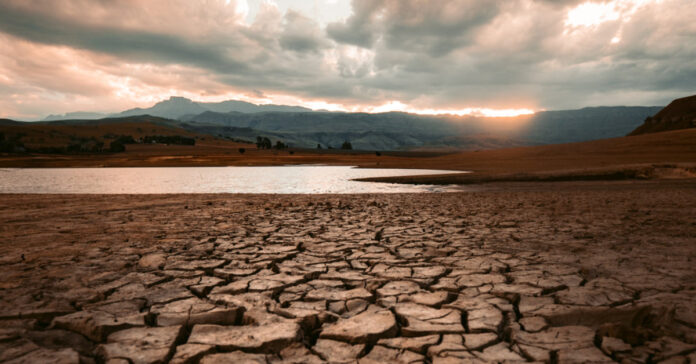Note: The purpose of this article is not to debate the science or the politics of climate change or global warming; its purpose is to help preppers prepare for weather-related natural disaster, including drought.
Unprecedented Natural Disasters
This year the Western states are experiencing what is or will probably become the worst drought on record. The snow pack in California is almost non existent. Reservoirs are at record lows, and hydropower generation may come to a halt as water levels sink lower. Farmers have had to let fields lie fallow because there is no water to grow crops.
The West is also seeing some of the highest temperatures on record with temperatures over 100 in places like Montana and Washington State. These high temperatures cause evaporation, which means even less water in those reservoirs, lakes and rivers.
The lack of rain also contributes to an increased fire hazard and there are more than 80 wildfires burning in the Western states, sending plumes of smoke into the atmosphere that are causing haziness on the East Coast.
There is also the possibility that people cannot get sufficient water to run their households. Don’t think people are going to die because of the drought? Read this article about how precarious things are in a city of 5,000 in the Desert Southwest

Prepping vs Avoiding Natural Disaster
Several firearms trainers I have trained with stress that the simplest way to avoid trouble is to avoid places where trouble happens, such as bars and inner city street corners late at night. I apply this same logic to droughts and other natural disasters. To avoid natural disasters, don’t live in places prone to drought, wildfires, volcanoes, hurricanes, earthquakes, etc.
This approach takes commitment and will probably result in some compromises. If you are a serious prepper, however, you should think about it. However, if you already own your perfect prepper property, and this weather pattern is catching you by surprise, then it’s too late.
When we moved, we sought a place that had a shorter winter than the locations we saw in Idaho and Montana, but a shorter and cooler summer than the city we lived in prior. We selected a more northern destination with higher altitude, making it a colder location with more winter than we had before moving. We routinely have days that are 15 to 20 degrees cooler than our old home. Thanks to the altitude, I don’t think we’ve had a day over 85 degrees yet. Most of our summer days top off in the high 70s.
We also live in an area blessed with abundant supplies of fresh water. Could it all dry up? I guess so, but we will be among the last places to run out of water.
Preparing for a Drought
If moving to a place with more water availability is not an option, how can you prepare for a drought? I would suggest the following:
- Have multiple sources of water, so there is a backup if your primary source fails. This could include a source of city water, a well, a spring, a stream or other surface water, capturing rain, etc.
- Have multiple ways to purify water for drinking. Only a portion of your water needs to be purified for your consumption, but it is very important to do so for your health.
- Build a water storage system or redundant systems. This could range from five-gallon containers in your garage to a cistern or a series of rain barrels. You can store water in 55-gallon barrels of 1,000-gallon plastic farm tanks. Fill them during the good times, live off of them during periods when there is little or no water availability.
- If you have the property and geography, a pond can serve as a water reserve. Check with your county because you may be allowed to dig a small pond without a permit or environmental study.
- If a pond is not an option, a pool or hot tub can provide water for hygiene and flushing.
- Finally, you can conserve water. Practice how to live with minimal water usage now so you know you can do so when necessary.
None of these provide a solution that will protect you through a multi-year drought in which no water is available, but they can help carry you through a dry spell and minimize the pain of intermittent water supplies, water rationing, or other restrictions.
Water Quality Considerations
Most Americans treat all their water the same, but I like to separate them into three categories. I will call them purified, questionable, and clean enough.
Purified or safe water is water that is free of particulate, bacteria, viruses, parasites, chemicals and other contaminants and meets EPA and/or state standards for potable water; it is safe to drink and, if available in sufficient quantity, can be used for any household or homestead use. During periods of drought or restriction, save your purified water for drinking, cooking and hygiene.
Questionable water is of unknown quality that should not be drunk or used to clean the dishes or even brush your teeth or wash your body. It may contain chemicals from farm runoff. You can use questionable water, such as surface water from a stream or pond, to irrigate plants or water livestock, but not for drink without filtration and boiling or other treatment. Chlorinated water from your pool or spa which is also questionable and can flush toilets but should not be consumed by humans or livestock.
Clean enough water is clean enough for most uses but is not fit for human consumption without treatment. If you have a water filter or boil your water, you can turn clean enough water into purified water. It is important to note that clean enough water does not smell bad and is not dirty or cloudy. It is clean enough to water livestock and pets, flush your toilet, or water your garden. Many off-grid homes have good enough water that is treated to make it purified.
When picking your retreat or residence, you want water that is purified (suitable to drink) and a secondary source, preferably of clean enough water, that you can use if the primary supply fails.
Designing Your Retreat With Water in Mind
When building or selecting your retreat, consider water accessibility. If your location requires a deep well, consider a secondary pump such as a solar pump, a wind mill, or a hand pump to use when the power is out. If you can afford it, dig your well deeper than it needs to be. This will decrease the odds of it running dry if the aquifer shrinks.

If possible, position a cistern 100 to 150 feet above your location and you will have gravity fed water which can flow to your house without electricity. You can use a solar-powered water pump to fill a 2,000-gallon cistern. Then the cistern will provide water at night, on cloudy days, when there is snow on the solar panels, etc. It also gives you a large supply of water to use in an emergency.
Consider having a separate gray water system that captures water from your sinks, showers and washing machine and directs it towards your garden. You will have to use only biodegradable soaps and detergents, but a properly installed gray water system can direct hundreds of gallons of water per week to your garden or orchard. That could mean the difference between rich soil supporting healthy plants and dry cracked soil in which nothing can grow.
Also look into having rain water from the roof of your house and any outbuildings, subjects it to some rudimentary filtering, and directs it to storage or to your garden. Rain water is in the “clean enough” category and some people prefer it for their laundry because it is usually soft water.
Water and Your Garden
In your garden, use drip watering systems to water the ground rather than spraying water into the air. I also recommend watering early in the morning or late enough in the afternoon that the garden is not in direct sun. This will minimize evaporation and give the water time to soak into the ground and reach the roots. Mulching can also reduce evaporation and help soil retain water.

If you are raising food-producing plants in pots, even if it is just a tomato plant on your deck or balcony, don’t use black pots as black absorbs sunlight and can overheat the roots and require even more water.
If you plant an orchard or berry bushes, consider using a berm and swale system, especially if you are planting on a hill. With this system, you build up a berm of dirt where you plant the trees and have a swale or depression between the berms. This allows rain water to collect in the swale and provide the roots of the tree for a longer time. It also helps prevent erosion. Check out the video below of the Gold Shaw Farm for an excellent example of this method.
Be Prepared For Whatever Nature Sends Your Way
As a prepper, it is my responsibility to be prepared to withstand a range of for natural and man-made disasters. I find it easier to prepare for natural disaster than man-made ones because there is a finite list of natural disasters while we never know what humans will come up with next. Also, the methods to withstand or survive natural disasters are pretty well known.
For example, we know hurricanes hit the East Coast and Gulf of Mexico, and we know they bring storm surges, heavy rains, high winds, and flooding. While you can build houses designed to withstand most of these symptoms, I prefer avoiding the coastal areas where hurricanes strike.
Likewise, I don’t live in an area known for big earthquakes, nor I am I near a volcano. I am not on a flood plain, either.
At our prepper property, the biggest natural threats are blizzards, landslide, and a forest fire. I believe our preps are more than capable of withstanding the first and I have taken steps to prepare for a wildfire. The chances of a landslide are very remote, but we are planting on the slope to help prevent one.
Check the stats for your area. Are you in the 500-year flood plain? When was the last drought and how long did it last? What is the largest earthquake felt in your area? Prepare for the worst-case scenario and then some.









